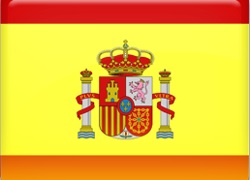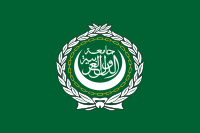President Trump has warned that India could face tariffs of up to 25% if a trade deal isn't finalized by August 1. Talks have been ongoing for months, with key issues including tariffs, agriculture, and dairy access. While both sides express optimism, the U.S. continues to push for greater market access, and Trump is determined to reduce the $45 billion trade deficit with India.
Trump Says 'Good Friend' India May Face Up to 25% Tariffs Without Trade Deal


India could face tariffs as high as 25 percent if it fails to finalise a trade agreement with the United States this week, President Donald Trump has said. When asked by reporters on Tuesday whether India would face higher tariffs in the absence of a deal, Trump responded, "Yeah, I think so."
The United States has set a deadline of August 1 for India and several other nations to reach trade agreements, failing which they may face increased tariffs. Indian and American officials have been in negotiations over a trade deal for several months, with officials alternating between optimism and caution regarding when an agreement might be reached.
When questioned about his expectations for the potential deal with India, Trump said, "We're going to see. India has been a good friend, but India has charged basically more tariffs than almost any other country." He continued, "But now I'm in charge, and you just can't do that."
The BBC has reached out to India's commerce ministry for a comment.
Tariffs are taxes imposed on goods imported from other countries. President Trump has repeatedly criticised India for what he considers excessively high tariffs, labeling it a "tariff king" and a "big abuser" of trade relationships. However, he has not yet sent a formal letter to India specifying a new tariff rate, something he has already done with over a dozen other trading partners.
Back in April, Trump had announced tariffs of up to 27 percent on Indian goods, but that measure was later paused. Since then, both countries have been working to hammer out an agreement, with varying tones of optimism coming from negotiators.
US Trade Representative Jamieson Greer said earlier this week, "We continue to speak with our Indian counterparts. We've always had very constructive discussions with them." He acknowledged that although he had earlier suggested a deal with India could be "imminent," it should be understood that India’s trade policy has long been protectionist and focused on strongly defending its domestic market.
Greer added that Trump remains committed to securing agreements that meaningfully open other countries' markets to American products. Agriculture and dairy are two of the key sticking points in the discussions.
For years, Washington has sought broader access to India’s agricultural sector, viewing it as a significant untapped market. However, India has firmly resisted, citing concerns over food security, the livelihoods of its citizens, and the interests of millions of small-scale farmers.
Last week, Indian Commerce Minister Piyush Goyal told CNBC that the agriculture sector remains sensitive for India and emphasized that the government would ensure farmers’ interests are "well protected." He also stated to news agencies that India remains "optimistic" about reaching an agreement with the United States.
In a conversation with Reuters, Goyal said that India was making "fantastic progress" in the negotiations and expressed hope that both nations would "conclude a very consequential partnership."
Until recently, the United States was India's largest trading partner, with bilateral trade amounting to $190 billion in 2024. Both President Trump and Prime Minister Modi have set an ambitious target to more than double that figure to $500 billion.
India has already reduced tariffs on a number of products, including Bourbon whiskey and motorcycles. However, the US continues to run a $45 billion trade deficit with India — a gap Trump is determined to narrow.

 বাংলা
বাংলা  Spanish
Spanish  Arabic
Arabic  French
French  Chinese
Chinese 
